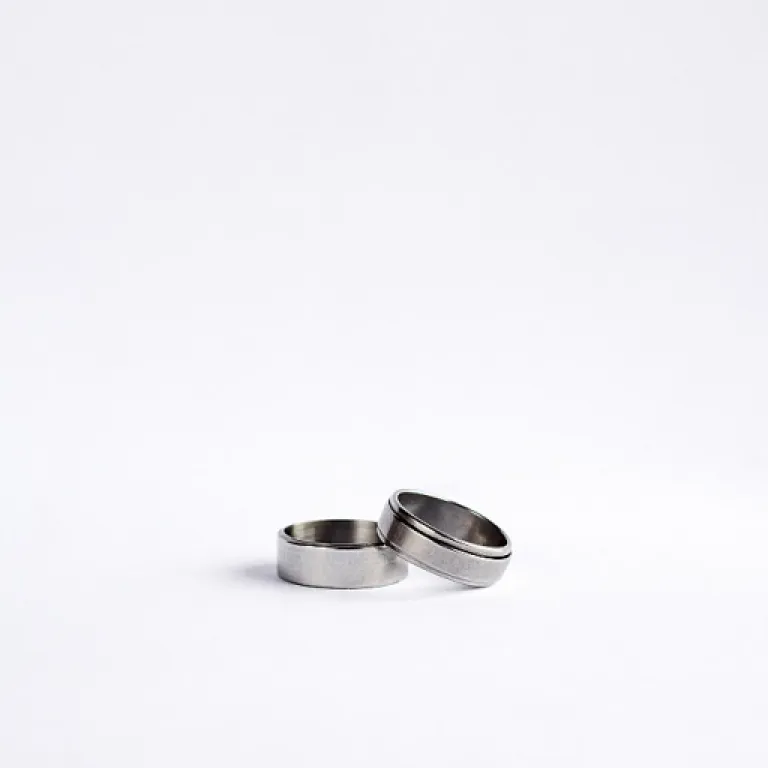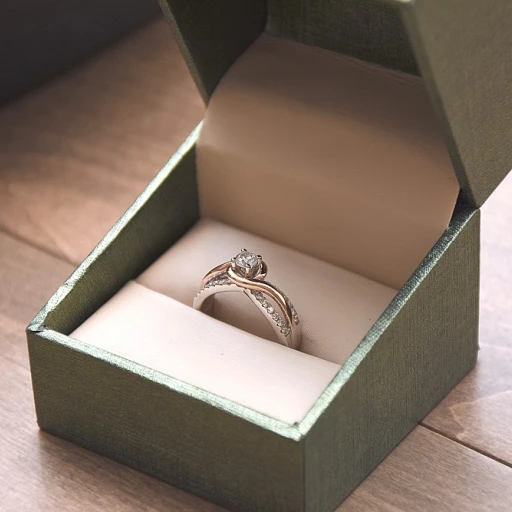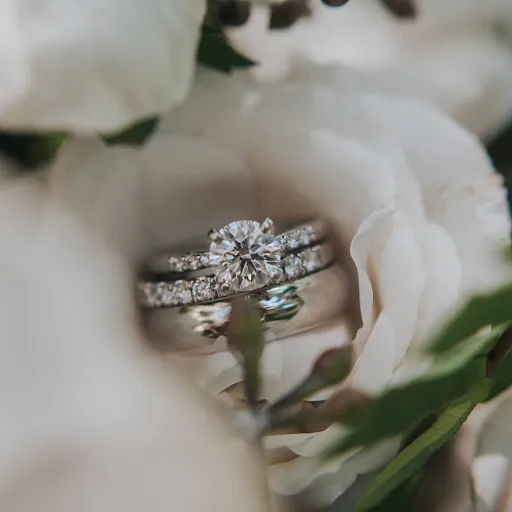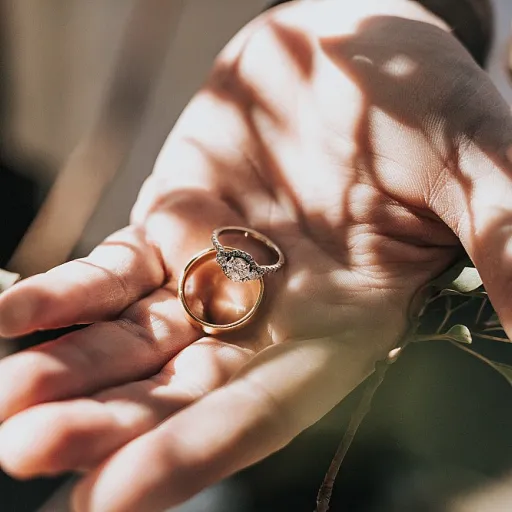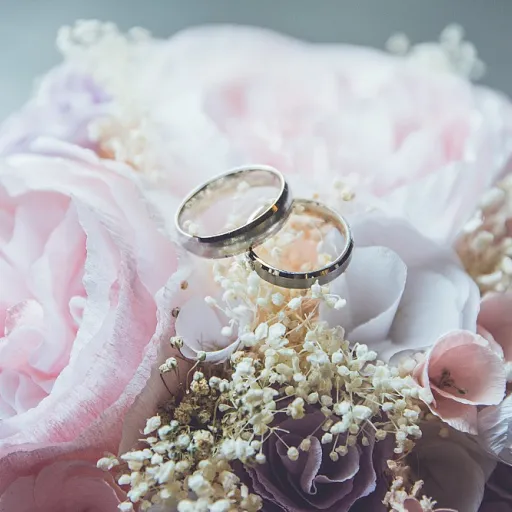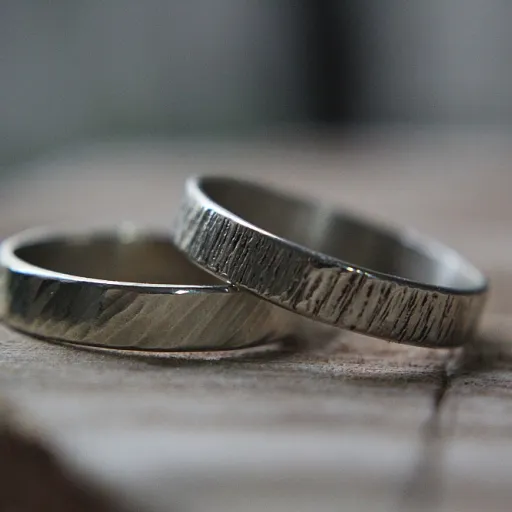
Understanding the appeal of colored stone rings engagement
The Unique Charm of Colored Gemstone Engagement Rings
Choosing a colored stone for your engagement ring brings a fresh perspective to a timeless tradition. While classic diamond engagement rings remain popular, more couples are drawn to the vibrant hues and personal expression that colored gemstones offer. Whether you’re considering a sapphire engagement ring, an emerald engagement ring, or even a unique aquamarine engagement, colored stones allow you to showcase your individuality and style.
Colored gemstones come in a wide spectrum of colors, from the deep blue of a sapphire to the lush green of an emerald, or the soft pastel of an aquamarine. Each stone color tells its own story, making your ring a reflection of your unique journey together. The choice of gemstone, cut, and setting—such as a halo ring or a three stone design—can dramatically influence the overall look and feel of your engagement ring.
- Personalization: Colored stones offer a level of customization that goes beyond the traditional diamond ring. You can select a gemstone that resonates with your personality or holds special meaning for your relationship.
- Variety of Styles: From classic white gold to warm yellow gold, colored gemstones pair beautifully with different metals and settings. Whether you prefer a diamond halo or a minimalist solitaire, there’s a style to match every taste.
- Distinctive Appeal: Choosing a colored gemstone engagement ring sets you apart, making your jewelry as unique as your love story.
Colored stone rings also offer flexibility in unit price, often making them a more accessible option compared to traditional diamond engagement rings. With options like lab created stones, you can enjoy the beauty and durability of gemstones at a more attractive price point.
For couples seeking a truly personal and meaningful engagement ring, exploring colored gemstones opens up a world of possibilities. If you’re interested in how jewelry can enhance your wedding day style, discover more about the elegance of pearl earrings for your wedding day.
Popular gemstones for engagement rings
Exploring the Most Sought-After Gemstones for Engagement Rings
When it comes to choosing an engagement ring, many couples are looking beyond the traditional diamond. Colored stones offer a unique way to express personality and style. Here are some of the most popular gemstones that are making a statement in modern engagement rings:
- Sapphire: Known for its deep blue hue, sapphire engagement rings are a timeless choice. Sapphires are not only beautiful but also durable, making them ideal for everyday wear. Blue sapphire is especially popular, but sapphires come in a range of colors, including pink, yellow, and even white.
- Emerald: The rich green color of emeralds brings a touch of luxury and sophistication to any ring. Emerald engagement rings are cherished for their vibrant color and unique inclusions, which add character to each stone.
- Ruby: With its striking red color, ruby is a symbol of passion and love. Ruby rings are bold and eye-catching, perfect for those who want their jewelry to stand out.
- Aquamarine: The pale blue tones of aquamarine engagement rings evoke a sense of calm and elegance. Aquamarine is a popular choice for those seeking a softer, more subtle color.
- Colored Diamonds: For those who still want the classic appeal of a diamond but with a twist, colored diamonds—such as yellow, pink, or even green—offer a unique alternative. Colored diamond engagement rings can be set in white gold, yellow gold, or even as a halo ring for added brilliance.
- Lab Created Stones: Lab created gemstones, including sapphires and diamonds, are gaining popularity for their ethical sourcing and attractive unit price. They offer the same beauty and durability as natural stones, often at a lower price point.
Each gemstone brings its own unique charm and meaning to an engagement ring. Whether you prefer the classic look of a sapphire diamond combination, the vibrant color of an emerald, or the modern appeal of a lab created stone, there is a gemstone to suit every style and budget. If you are interested in exploring more unique jewelry options for your special day, you may enjoy reading about the elegance of pearl earrings for your wedding day.
| Gemstone | Color | Durability | Popular Setting | Unit Price Range |
|---|---|---|---|---|
| Sapphire | Blue, Pink, Yellow, White | Very High | Halo, Three Stone, Solitaire | $$ - $$$$ |
| Emerald | Green | High | Three Stone, Solitaire | $$$ - $$$$ |
| Ruby | Red | Very High | Halo, Solitaire | $$$ - $$$$ |
| Aquamarine | Light Blue | High | Solitaire, Halo | $$ - $$$ |
| Colored Diamond | Yellow, Pink, Green | Very High | Halo, Solitaire | $$$$ |
| Lab Created Stones | Varies | Very High | Any | $ - $$ |
Choosing the right gemstone for your engagement ring is a personal journey. Consider the stone color, cut, durability, and unit price to find the perfect match for your style and lifestyle. Remember, your ring should reflect your unique love story and stand the test of time.
Symbolism and meaning behind colored stones
The deeper meaning behind colored gemstones
Choosing a colored stone for your engagement ring is more than a style statement. Each gemstone carries its own symbolism, adding a unique layer of meaning to your jewelry. While diamonds are often seen as a classic symbol of everlasting love, colored stones like sapphire, emerald, and aquamarine bring their own stories and traditions to your engagement.
- Sapphire: Known for its deep blue color, sapphire engagement rings symbolize loyalty, wisdom, and sincerity. Blue sapphire is a timeless choice, but sapphires also come in pink, yellow, and even white, each with its own significance.
- Emerald: The rich green of an emerald engagement ring represents renewal, growth, and harmony. Emeralds have long been associated with hope and new beginnings, making them a meaningful choice for couples starting their journey together.
- Aquamarine: With its serene blue-green hue, aquamarine engagement rings evoke calm, clarity, and communication. This gemstone is often chosen for its tranquil beauty and its connection to peaceful relationships.
- Colored Diamonds: Yellow, pink, and even green diamonds offer a vibrant twist on the traditional diamond engagement ring. These colored diamonds symbolize individuality and a bold approach to love.
The symbolism of each stone can be further enhanced by the ring's design. For example, a three stone setting can represent the past, present, and future of your relationship, while a halo ring or diamond halo setting can highlight the central gemstone and add extra sparkle. The choice of metal, such as white gold or yellow gold, also influences the overall look and meaning of your ring.
When selecting a gemstone engagement ring, consider not only the color and cut but also the story you want your ring to tell. The meaning behind your chosen stone can make your engagement ring truly personal and memorable. If you're interested in exploring different band options that complement colored stones, you can view detail on matching wedding bands for a cohesive and meaningful set.
Durability and practicality of colored stones
Assessing Longevity and Everyday Suitability
When selecting a colored stone for your engagement ring, durability is a key factor. While diamonds are renowned for their hardness and resilience, not all gemstones offer the same level of toughness. This affects how well your ring will withstand daily wear and maintain its beauty over time.
- Sapphire: Sapphires, including blue sapphire and pink sapphire, are among the hardest colored stones, ranking just below diamonds on the Mohs scale. This makes them an excellent choice for engagement rings, especially for those who want a vibrant color without sacrificing durability.
- Emerald: Emeralds are stunning, especially in green hues, but they are softer and more prone to scratches and chips. If you love the look of an emerald engagement ring, consider protective settings like a halo ring or three stone design to help shield the gemstone.
- Aquamarine: Aquamarine engagement rings offer a delicate blue color and moderate hardness. While they are suitable for occasional wear, they may require more care than sapphire or diamond rings.
- Colored Diamonds: Colored diamonds, such as yellow or pink, combine the unique appeal of color with the unmatched durability of diamonds. These stones are ideal for those seeking both beauty and practicality in their jewelry.
The choice of metal also impacts the longevity of your gemstone engagement ring. White gold and yellow gold are popular options, each complementing different stone colors. For example, white gold enhances the brilliance of blue sapphire or aquamarine, while yellow gold pairs beautifully with green emeralds or yellow stones.
When considering unit price, colored stones can offer a more accessible entry point compared to traditional diamond engagement rings. However, the price varies significantly based on the gemstone type, cut, and quality. Lab created stones are another practical option, providing the same color and sparkle at a lower unit price and with fewer ethical concerns.
To ensure your ring remains beautiful, regular care is essential. Some stones, like emeralds, may need gentle cleaning and should be protected from harsh chemicals. Always view detail care instructions for your specific gemstone to maintain its luster.
Ultimately, the durability and practicality of colored stones depend on your lifestyle and preferences. Whether you choose a sapphire diamond combination, a classic diamond halo, or a unique colored diamond, understanding the properties of each stone will help you make an informed decision for your engagement jewelry.
How to choose the right colored stone for your engagement ring
Factors to Consider When Selecting Your Colored Gemstone
Choosing the right colored stone for your engagement ring is a personal journey. The variety of gemstones available today means you can find something that perfectly matches your style, values, and budget. Here are some key points to keep in mind as you make your decision:
- Stone Color and Personal Preference: The color of your gemstone is often the first thing people notice. Whether you are drawn to the deep blue of a sapphire engagement ring, the vibrant green of an emerald engagement, or the soft hue of an aquamarine engagement ring, let your personality guide your choice. Colored diamonds, yellow sapphires, and even lab created stones offer unique options for every taste.
- Durability and Lifestyle: Some stones, like sapphires and diamonds, are well-known for their durability, making them ideal for everyday wear. Emeralds and aquamarines are beautiful but may require more care. If you lead an active lifestyle, consider the hardness and toughness of the stone before making your selection.
- Cut and Setting: The cut of your gemstone affects its brilliance and how it catches the light. Popular cuts for colored stones include oval, cushion, and emerald cuts. Settings like a halo ring or three stone design can enhance the appearance of your gemstone, while a diamond halo or white gold band can add extra sparkle and contrast.
- Unit Price and Budget: The unit price of colored gemstones varies widely. While diamonds and sapphires are often at the higher end, stones like aquamarine or lab created options can offer beauty at a more accessible price. Consider your overall budget for the engagement ring, including the cost of the setting and any accent stones.
- Symbolism and Meaning: Each gemstone carries its own symbolism. For example, blue sapphire is associated with loyalty, while green emerald represents renewal. Think about what the stone means to you and your partner, as this can add a special layer of significance to your ring.
- Jewelry Style and Metal Choice: Your choice of metal—yellow gold, white gold, or platinum—can dramatically affect the look of your ring. Some stones, like colored diamonds or emeralds, pair beautifully with yellow gold, while others, such as sapphire diamond combinations, shine in white gold settings.
Practical Tips for Viewing and Comparing Stones
- Always view detail of the gemstone in different lighting conditions to appreciate its true color and brilliance.
- Ask about the origin and treatment of the stone, especially for colored diamonds and lab created options.
- Compare unit price and value between similar stones and settings to ensure you are making an informed choice.
By considering these factors, you can confidently select a colored gemstone engagement ring that reflects your unique story and stands the test of time.
Customizing your colored stone engagement ring
Personalizing Your Colored Stone Engagement Ring
When it comes to creating a truly unique engagement ring, customization is key. Colored stone rings offer endless possibilities for personal expression, allowing you to design a piece of jewelry that reflects your style and story. Start by considering the gemstone. Whether you are drawn to the deep blue of a sapphire engagement ring, the vibrant green of an emerald engagement, or the soft hue of an aquamarine engagement ring, the stone color sets the tone. Each gemstone has its own character and meaning, so think about what resonates with you both visually and symbolically. Next, choose the right setting and metal. White gold and yellow gold are popular choices for engagement rings, each offering a different look. A halo ring design, where smaller diamonds surround the center stone, can enhance the brilliance and presence of colored stones. For those who love a classic style, a three stone setting with a colored gemstone flanked by diamonds creates a timeless effect. If you prefer something modern, a diamond halo around a colored diamond or sapphire can add extra sparkle. Cut and shape also play a big role. The cut of your gemstone—whether round, oval, cushion, or emerald cut—affects how the stone reflects light and fits into the overall design. Some couples opt for lab created stones for their ethical sourcing and attractive unit price, without compromising on beauty or durability. Budget is another important factor. Colored gemstones can offer more variety in price compared to traditional diamond engagement rings. Compare unit prices and view detail on different stones to find the best value for your budget. Remember, the final price will depend on the gemstone, cut, carat, and the complexity of the ring design. For a truly personal touch, consider engraving the band or incorporating meaningful details, such as a hidden stone or a unique combination of stones. Custom jewelers can help you bring your vision to life, ensuring your engagement ring is as special as your commitment.- Choose your favorite gemstone: sapphire, emerald, aquamarine, or colored diamond
- Select a setting: halo, three stone, solitaire, or diamond halo
- Pick the metal: white gold, yellow gold, or platinum
- Decide on the cut: round, oval, emerald, or cushion
- Set your budget and compare unit prices
- Add personal touches: engraving, unique stone combinations, or custom details

